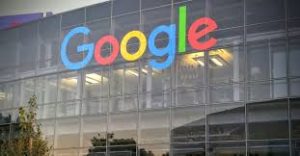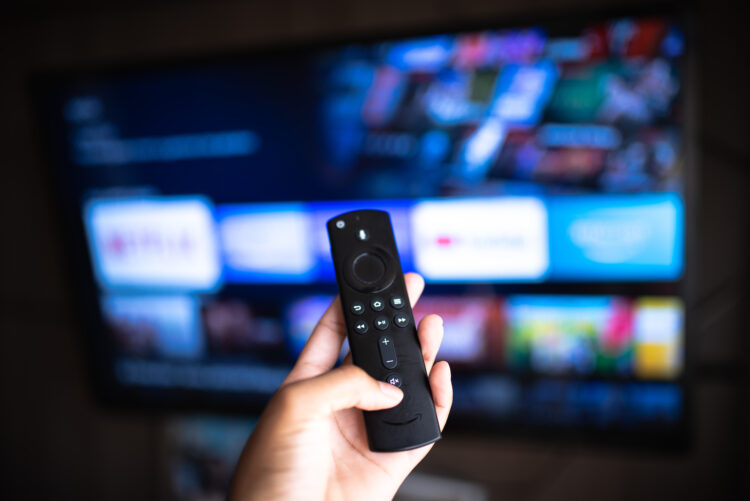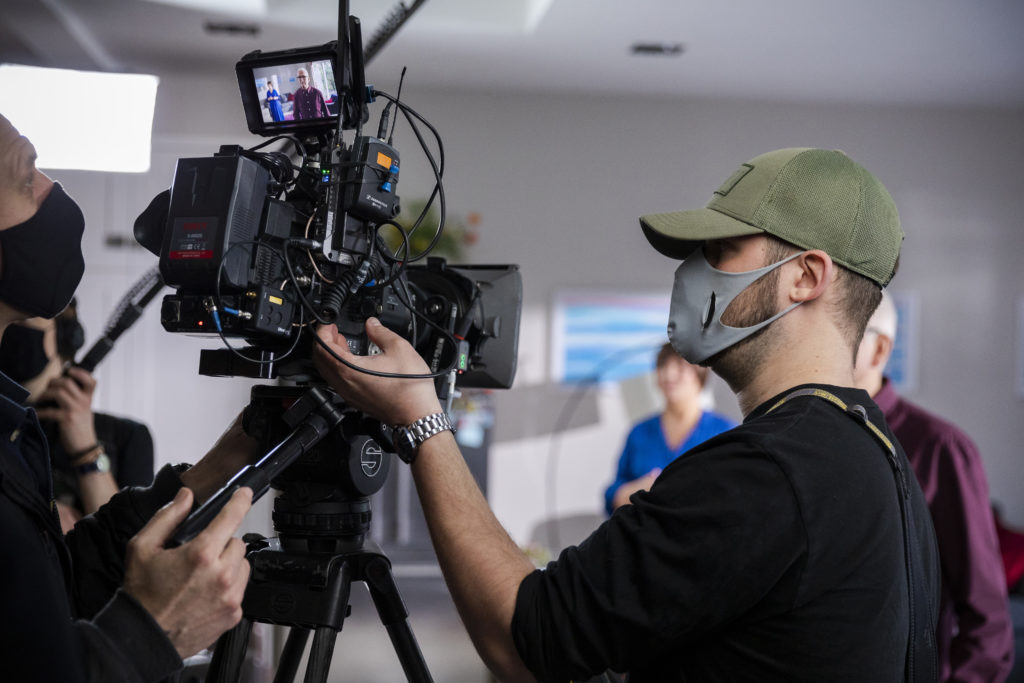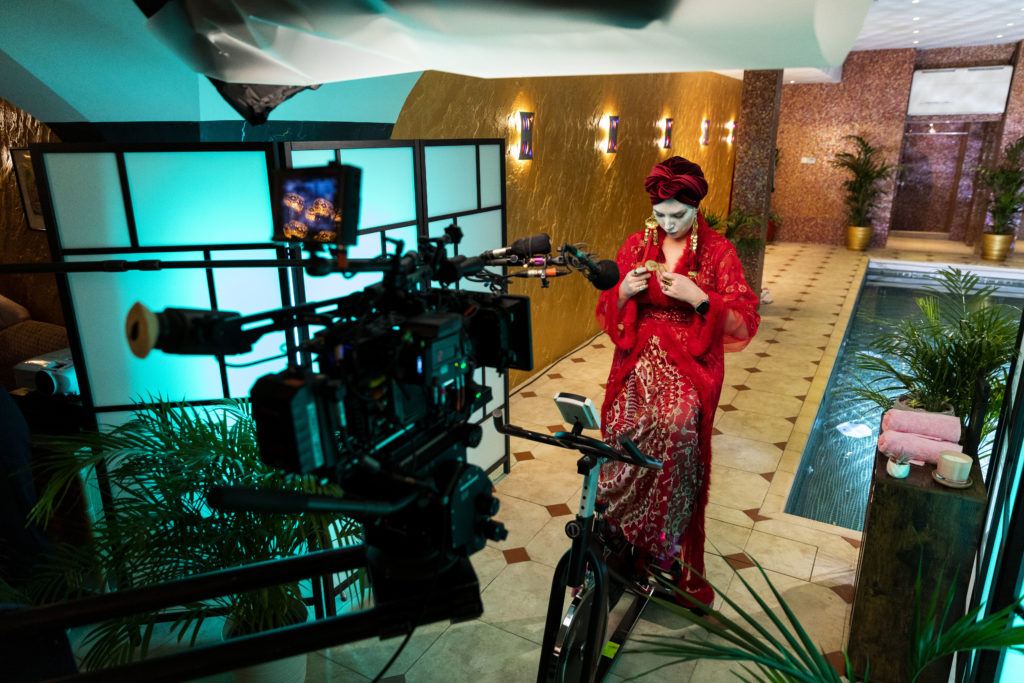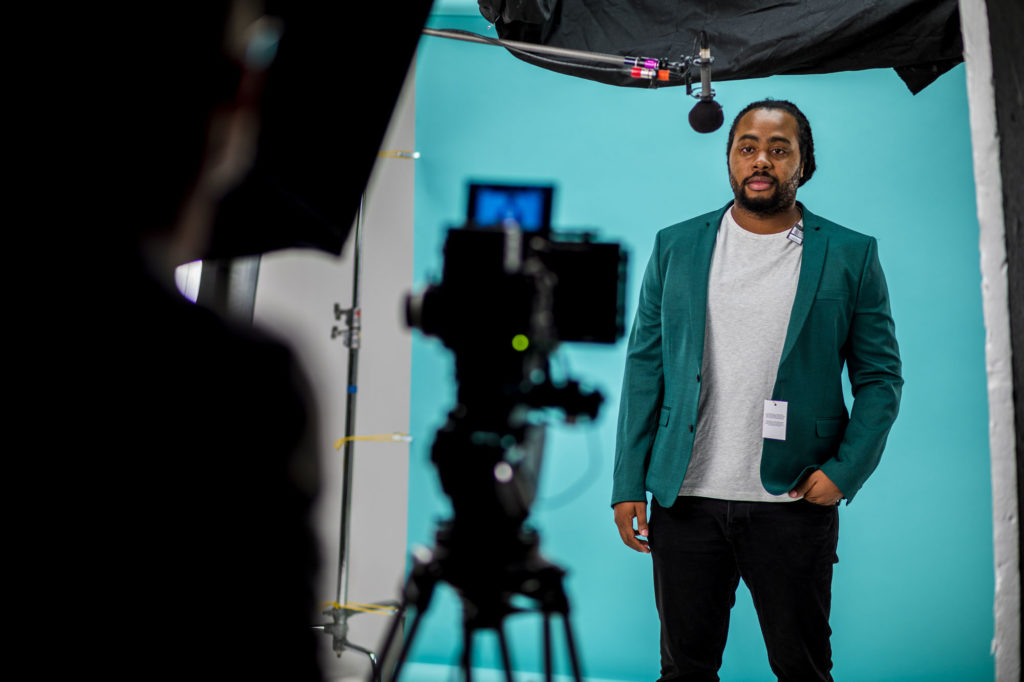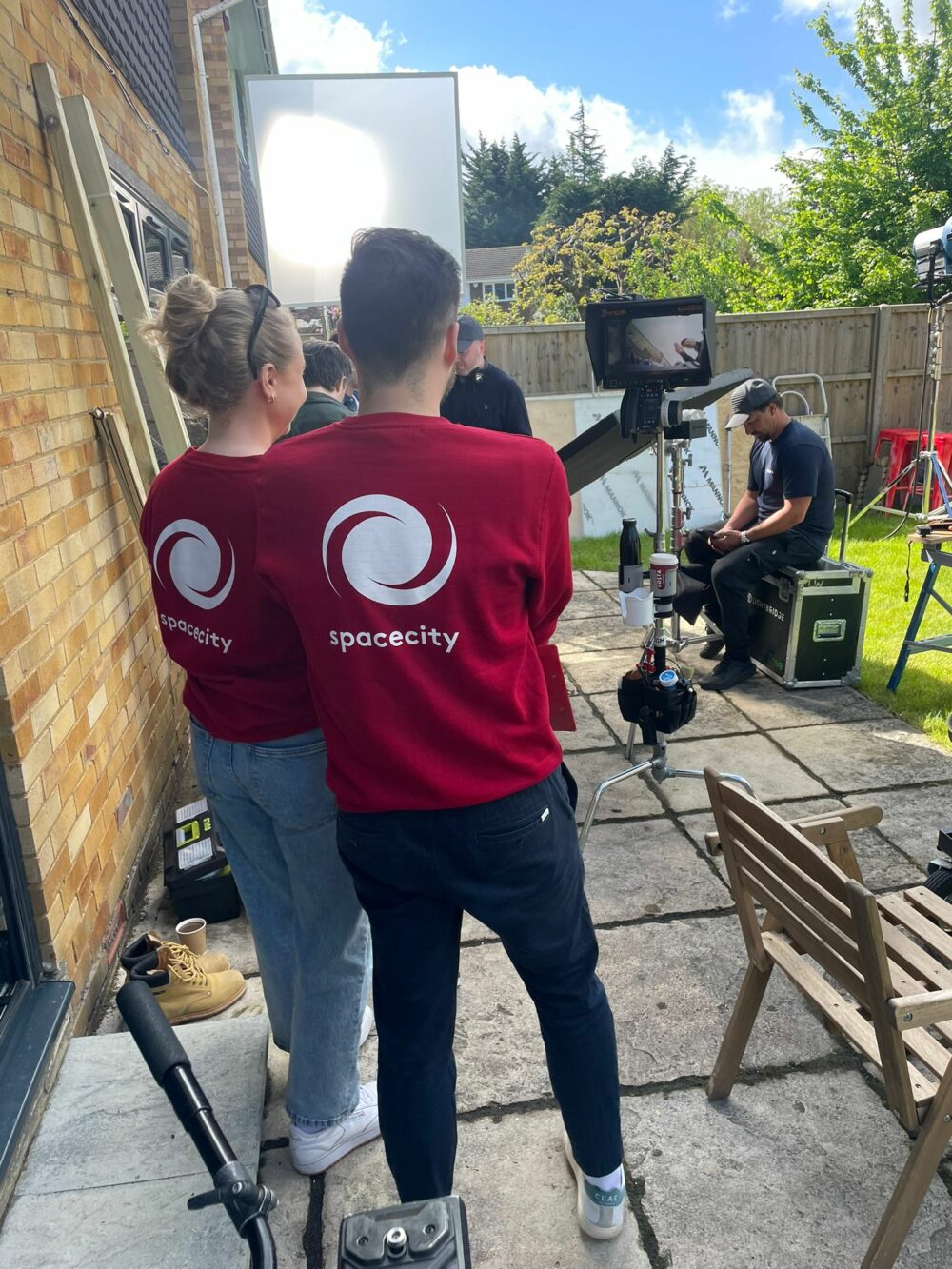UK Economic growth figures for the final quarter of 2017 were better than expected, what can your business do to improve this though?
ECONOMIC Growth ensures that your business can facilitate further buoyancy and long-term staff investment, but how can your advertising stimulate this?
Although improved figures released by the ONS (Office for National Statistics) for the final quarter of 2017 are promising, there is increased capacity for improvement as a result of inclusive advertising.
With more participants in the economy through nothing more than organic awareness, your business will enjoy increases in sales, increased company worth, therefore more surplus funds that can be used to pay for staff, renewed investment and technology that can improve your engagement further.
Amidst any periods of financial strife, where demand falls and supply has to in conjunction, without the presence of cash reserves, cuts often have to be made, or borrowing if you take the Keynesian economic outlook.
In both instances, innovation and exposure are imperative towards fostering more organic sales success and growth, but job creation and capital increases have to tally in order for an overall economy to swell.
Therefore, in order to promote increases in capital, long-term sales have to be prioritised through video advertising.
If only short-term sales are elicited, your business will fail to make the impacts that ensure of long-term awareness, which subsequently will ensure that when economic buoyancy prevails, the stimulated consumers will be compelled to utilise your products or services.
For advertising to actually stimulate and resonate with consumers though, you ultimately have to innovate to create the fresh demand that will induce the need for supply, which can be immortalised in your advertising campaigns.

Advertising is intrinsically vital to overall business success, but without a brand, ideology or facility to create demand, the prospects of economic growth from a national perspective are stymied, ensuring that the excess expenditure to keep your business afloat is also punctuated.
This philosophy is key if you are to dictate the destiny of your business from a growth perspective.
With an impetus on borrowing or limiting your advertising expenditure, you will lack the awareness from consumers that is necessary to elevate your company out of any potential strife.
From borrowing, you will lack the capital and collateral to invest further in your business, while any brief period of stimulation will depend on the short-term receptiveness of your consumers.
Having a reliance on essentially losing money, thus using staff as the ultimate human collateral for your business, has been a criminal and pernicious stain on economies and the trust in the companies that serve them.
Although many companies already adopt this innovative philosophy that underscores long-term business and economic growth, for those that do not, or doubt the merits of such spending in the short-term, need to survey the facts of how successful companies have stimulated economies and ensured of growth, regardless of the activity that persists.
The adverts themselves need to focus on the emotive connotations you seek to evoke in potential consumers, with the caveat of response.
In order to compensate for the immediate expenditure, but absorb any loss of earnings through the lack disposable funds available to consumers, prices need to increase, but this has to be combined with innovation and tangible benefit.
By essentially trying to peddle similar deals or marketing campaigns, while consumer spending is compromised, in order to stimulate wages, the economy and inflation to a lesser degree, jobs still have to be created to facilitate economic growth in the long-term – imperative if stability is to be enjoyed.

In order to protect your business, you first must help and serve your consumers and staff maintain the overall financial buoyancy that can maintain the excess capital, which will provide prolonged contingency for overall UK business going forward.
Specifically within the adverts themselves, there should be a drive towards buying more, yet inexpensive items or services that will be less of a burden on those participating in the economy.
That is the ultimate panacea: ensuring of constant participation in the economy.
This will not be the case unless consumers are stimulated from both a brand and response perspective.
Additionally utilising your excess capital as a force for inclusion, will facilitate improved social mobility and overall engagement with the wider economic spectrum.
Expanding globally is key also, if desired or possible, but prioritising internal or nationalist avenues is the imperative while financial surplus is restored and competition flourishes.
Space City has been producing TV, online and radio adverts for over 25 years, keeping myriad companies in profit through two recessions.
Contact the team now and find out why TV advertising can increase your profits in 2018 and beyond, while lowering your overall costs.


